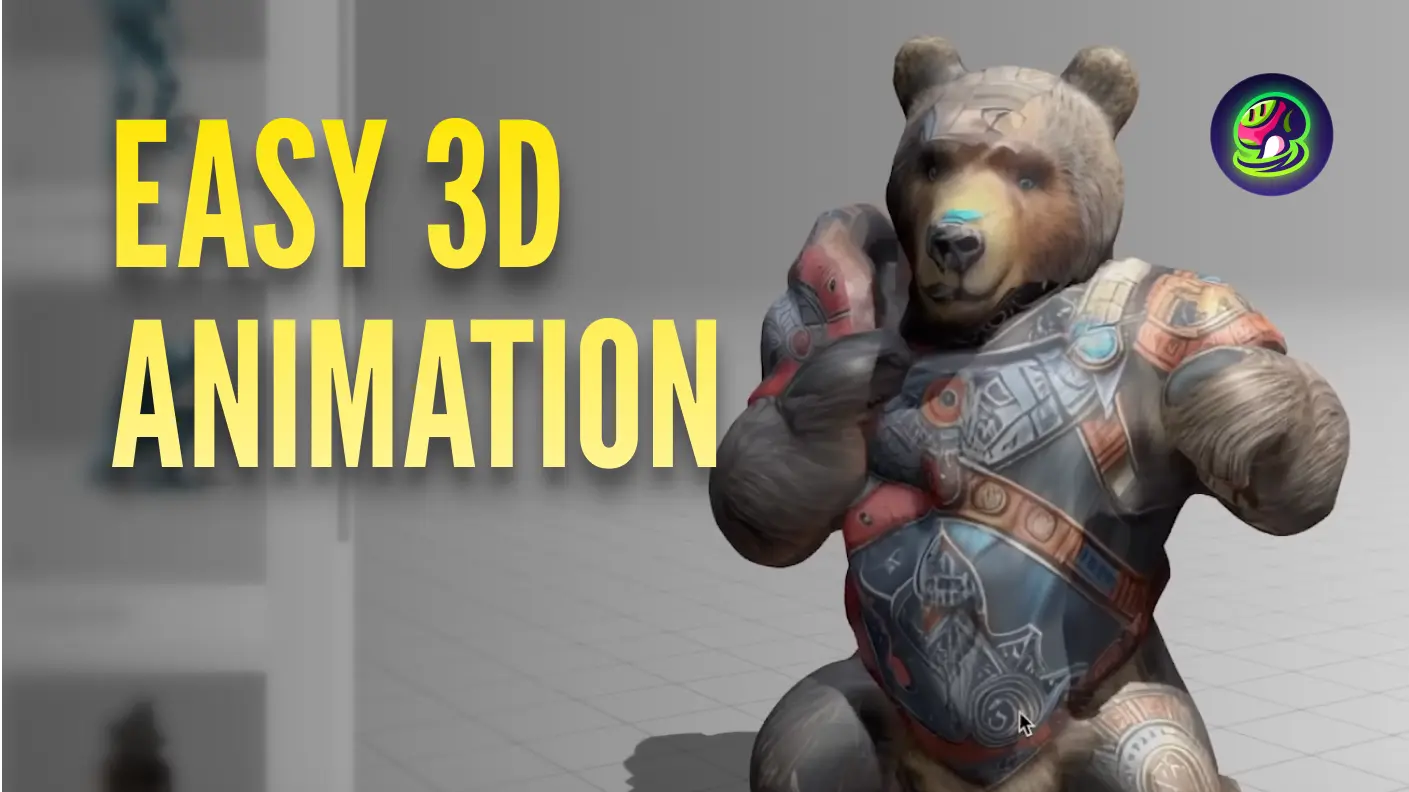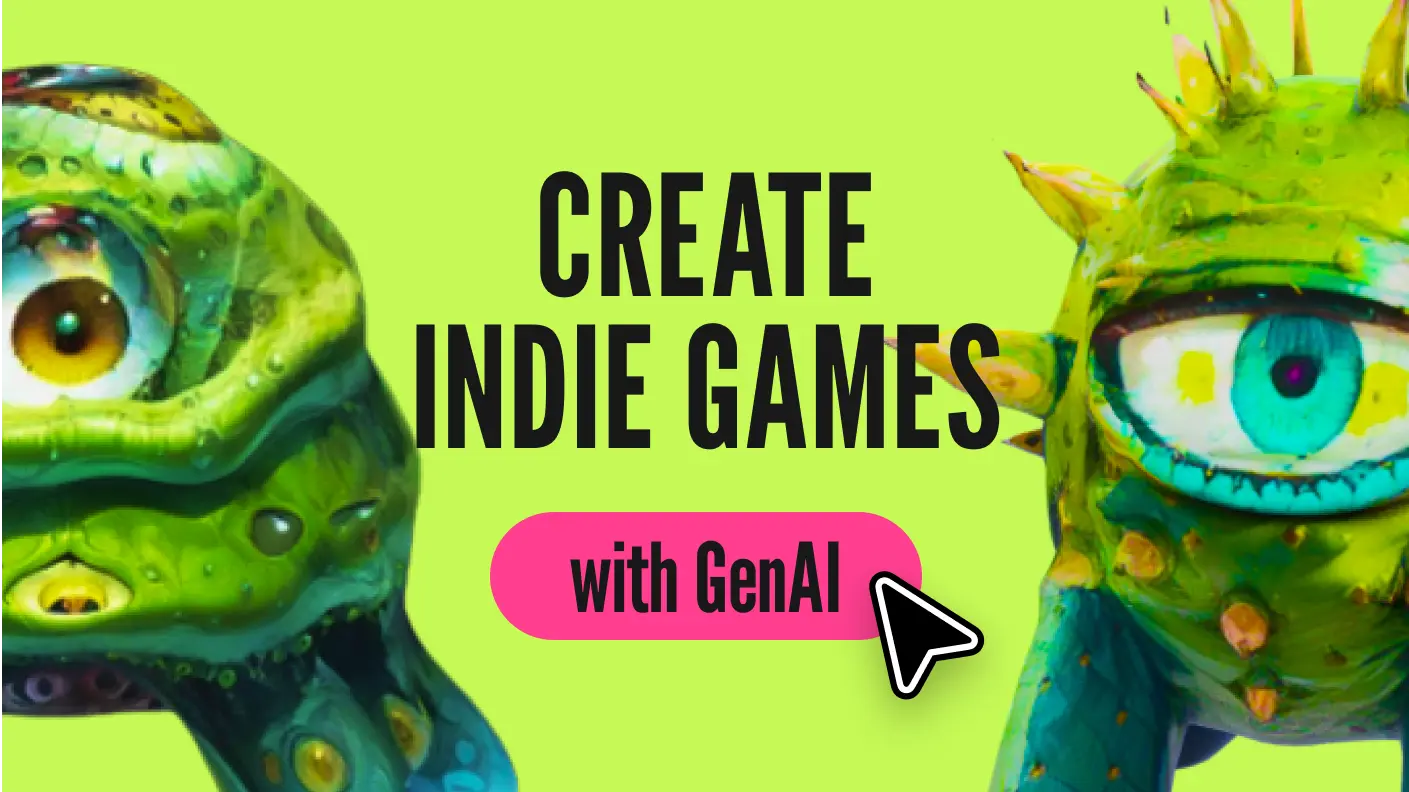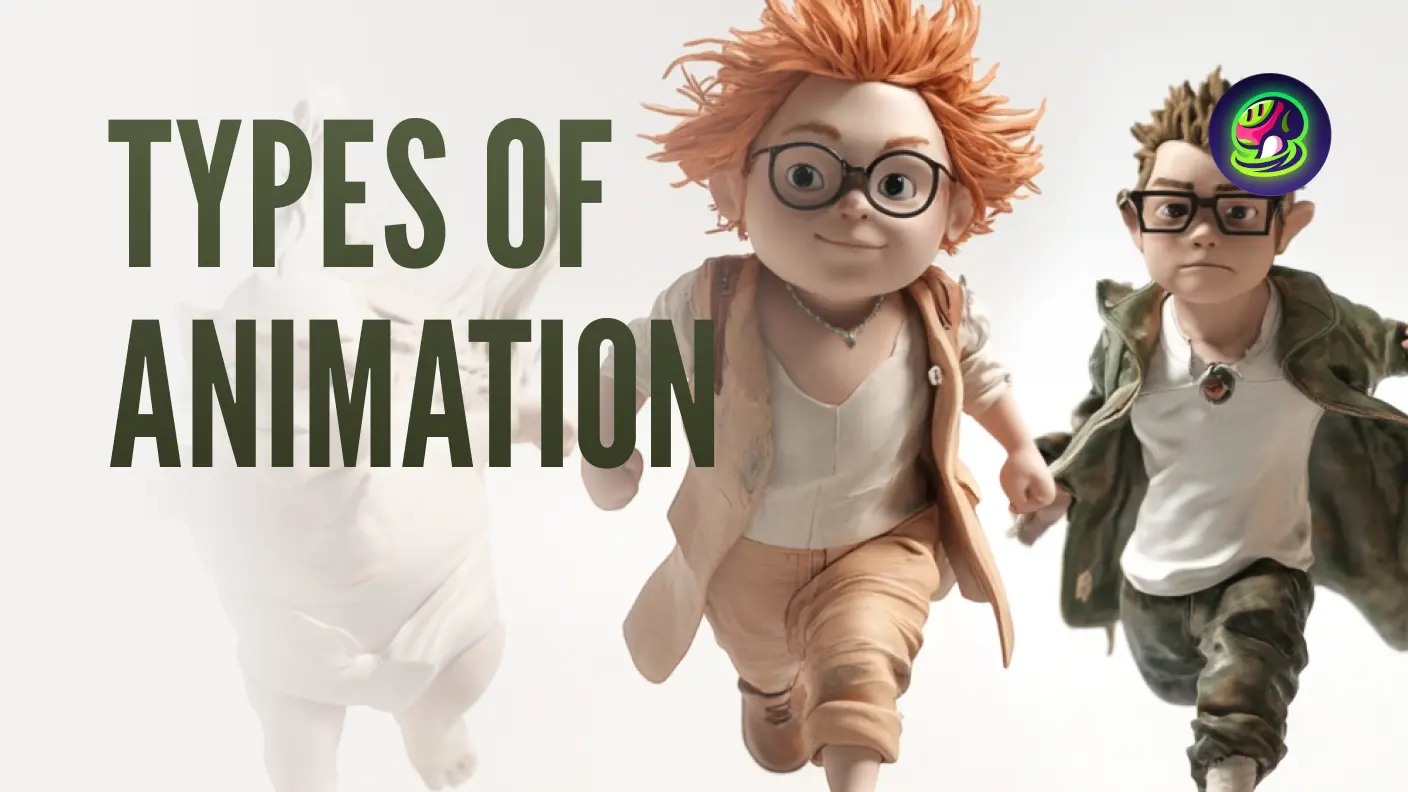The animation industry grapples with high production costs and labor-intensive workflows. AI is reshaping the field, accelerating processes, and making animation more accessible. From automating tedious tasks to expanding creative possibilities, AI is redefining how animations are brought to life.
But how does AI truly impact animation? This article explores AI's role, benefits, and challenges in modern animation production.
What is AI in Animation?
AI in animation refers to the use of machine learning, neural networks, and computer vision to automate and enhance the animation process. AI in the animation industry is evolving rapidly, with new technologies making high-quality animations more accessible. These technologies help create smooth animations, automate in-betweening, apply artistic styles, and streamline character rigging.
By handling repetitive and time-consuming tasks, AI allows animators to focus more on storytelling and creativity. It also enables the rapid generation of 3D assets, such as characters and environments, streamlining the animation workflow. This opens new possibilities for indie creators and smaller studios by reducing production time and costs, making high-quality animation more accessible to a broader audience.
Key AI Animation Techniques
Generative AI in the animation market is experiencing rapid growth, with AI-powered tools reshaping animation, making it faster and more accessible. Here are some of the most impactful AI-driven innovations:
Motion Synthesis
AI uses motion capture data and neural networks to generate lifelike character movements with minimal animator input. This ensures smooth transitions and realistic animations while reducing manual workload.
Automated In-Betweening
Traditionally, animators manually created intermediate frames between keyframes. AI now automates this process, generating high-quality in-betweens that maintain character movement and style.
AI-Driven Style Transfer
AI analyzes and replicates an artist's unique style across multiple frames, ensuring consistency and artistic integrity. This allows studios to quickly adapt animations to different visual aesthetics.
Smart Character Rigging
AI-powered rigging tools automate the creation of complex skeletal structures, reducing setup time and allowing animators to focus on performance and expression. For those working with Unity, exploring Unity's animation AI tools can significantly enhance the workflow.
AI-Powered 3D Asset Creation
AI enables the rapid generation of 3D models and textures from simple inputs like images or text descriptions. Image-to-3D conversion, text-to-3D model generation, and AI-powered texturing help creators build high-quality assets with minimal manual effort. If you're looking for the best AI animation generators, tools like Meshy AI can help create high-quality 3D assets effortlessly.
Benefits of AI in Animation Production
AI streamlines animation workflows and enhances creativity. Key benefits include:
- Faster Production Timelines: AI-driven tools reduce the time required for labor-intensive animation tasks, helping studios meet deadlines more efficiently. By leveraging AI, creators can simplify their 3D workflow and optimize production pipelines.
- Cost Reduction: By automating repetitive tasks, AI minimizes the need for extensive manpower, making animation more affordable for independent creators and smaller studios.
- Enhanced Creativity: With AI handling tedious tasks, animators have more time to experiment with storytelling, character development, and visual effects.
- Accessibility for Indie Studios: AI-powered animation tools democratize the industry, giving small teams the same high-quality capabilities as major studios.
Challenges and Limitations of AI in Animation
Despite its advantages, AI in animation presents challenges:
- Lack of Emotional Depth: AI-generated animations can struggle to capture human-like emotions and subtle expressions.
- Quality Control Issues: Automated processes may produce inconsistent or unrealistic results, requiring human oversight.
- Learning Curve: Animators need to familiarize themselves with AI tools, which can take time and training.
- Artistic Limitations: AI assists but cannot replace human creativity and intuition in storytelling and character development.
AI Tools Transforming Animation Studios
Several AI-powered tools are revolutionizing animation production. Here are five top solutions that enhance creativity and efficiency:
![]()
- Meshy AI simplifies 3D animation by generating high-quality models and textures from simple inputs. Its AI-driven automation accelerates asset creation and streamlines animation workflows. Ideal for game developers and animators needing quick 3D content generation.
![]()
- DeepMotion specializes in AI-powered motion capture, turning video footage into realistic 3D animations. It offers markerless tracking and natural character movements. Perfect for animators, game developers, and virtual production teams looking for efficient motion capture solutions.
![]()
- Runway ML provides AI-assisted video editing and generative AI tools for animation. It supports real-time processing, style transfer, and background removal, empowering creators to enhance video projects effortlessly. Best suited for content creators, filmmakers, and digital artists.
![]()
- Cascadeur enhances character animation with AI-assisted physics simulations. It allows animators to refine poses and movements naturally without relying on motion capture. An excellent choice for those who want full control over dynamic character motion.
![]()
- AnimateDiff is an AI-driven tool designed for generating animations from text or images. It enables the creation of dynamic sequences based on AI-generated content, making it ideal for artists exploring AI-assisted 2D animation.
The Future of AI in Animation
The future of AI in animation is promising, with emerging trends shaping the industry:
- Personalized AI Assistants: AI-driven tools will learn individual animators' styles, offering tailored suggestions and automating repetitive tasks.
- Realistic Physics Simulations: Advancements in AI-powered physics engines will enable ultra-realistic character movements and interactions, enhancing immersion in animated films and games.
- Human-AI Collaboration: Rather than replacing human animators, AI will act as a collaborative assistant, handling technical aspects while creators focus on artistic vision.
As AI technology evolves, its role in animation will expand, making high-quality animation more accessible and efficient.
Final Thoughts
AI is reshaping the animation industry, offering powerful tools that streamline workflows and unlock new creative possibilities. While challenges remain, human ingenuity combined with AI technology promises a future where animation is more innovative, efficient, and accessible than ever before.
FAQ: AI in Animation
How is AI used in animation?
AI automates motion capture, in-betweening, style transfer, and character rigging, making animation faster and more efficient.
Can AI replace human animators?
No, AI enhances efficiency but still requires human oversight for storytelling, creativity, and emotional depth.
What are the best AI animation tools?
Top AI animation tools include Meshy AI, DeepMotion, Runway ML, Cascadeur, and AnimateDiff.
Is AI-generated animation cost-effective?
Yes, AI reduces manual labor costs, making high-quality animation more accessible to small studios and independent creators.
What is the future of AI in animation?
AI will continue evolving to support real-time animation, realistic physics simulations, and personalized AI-powered animation assistants.


